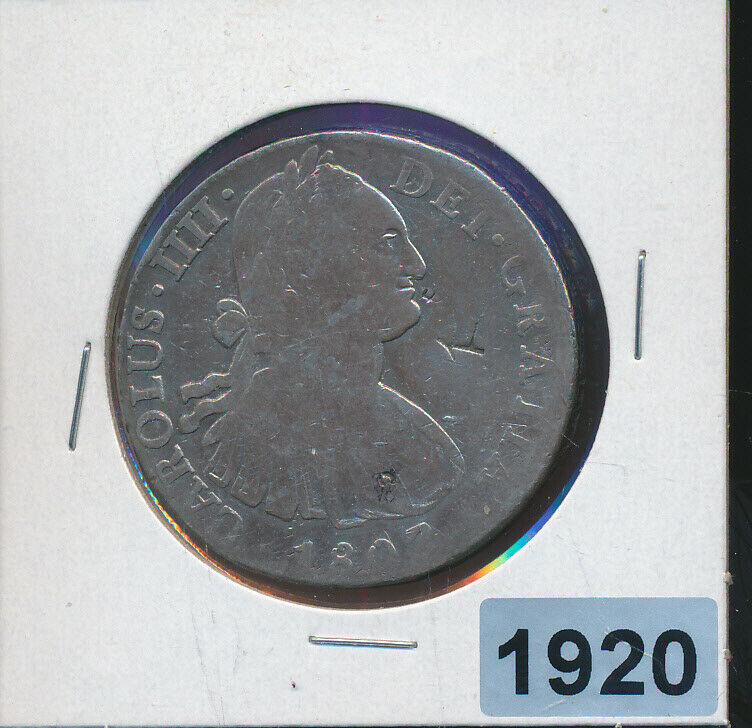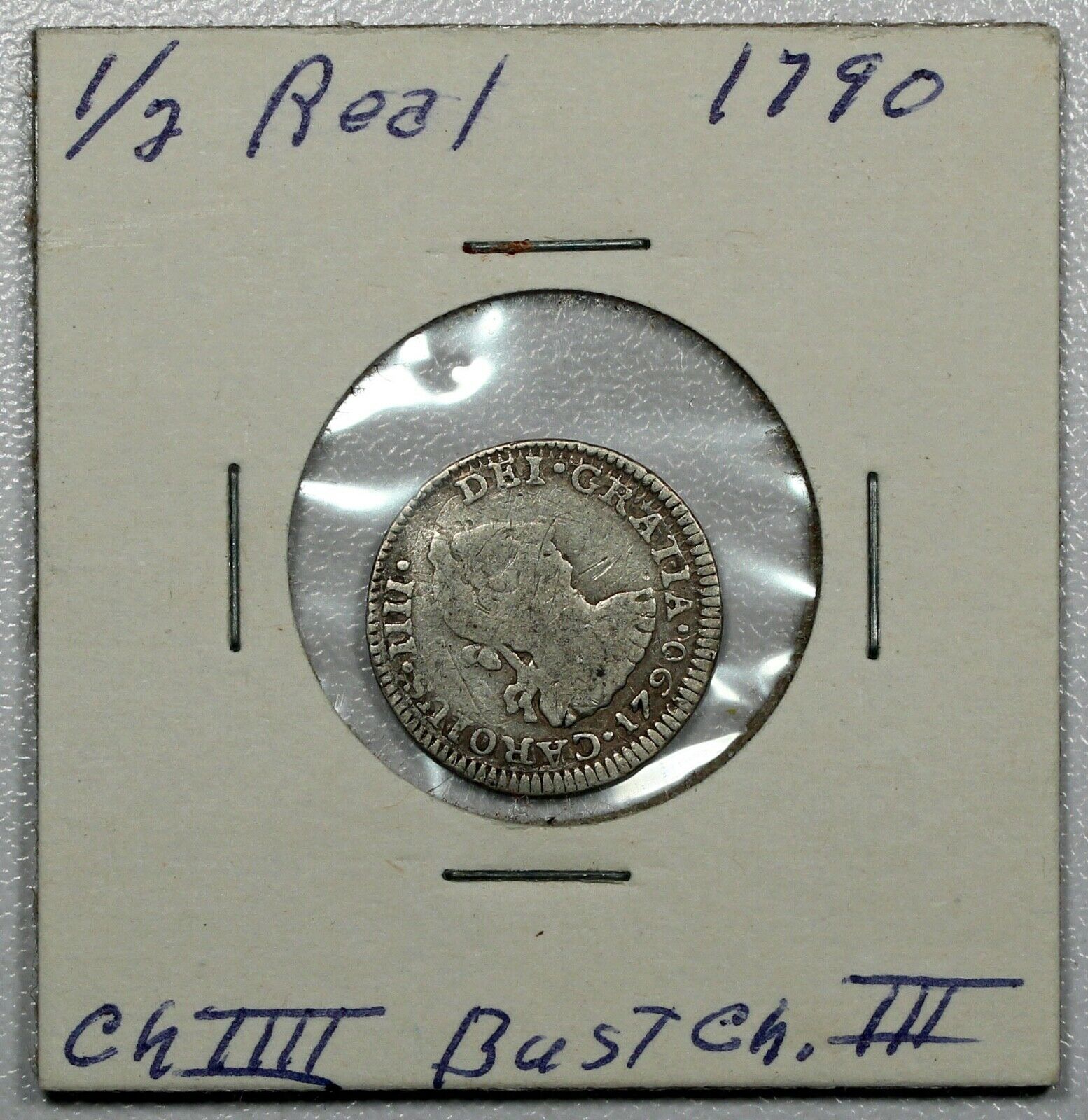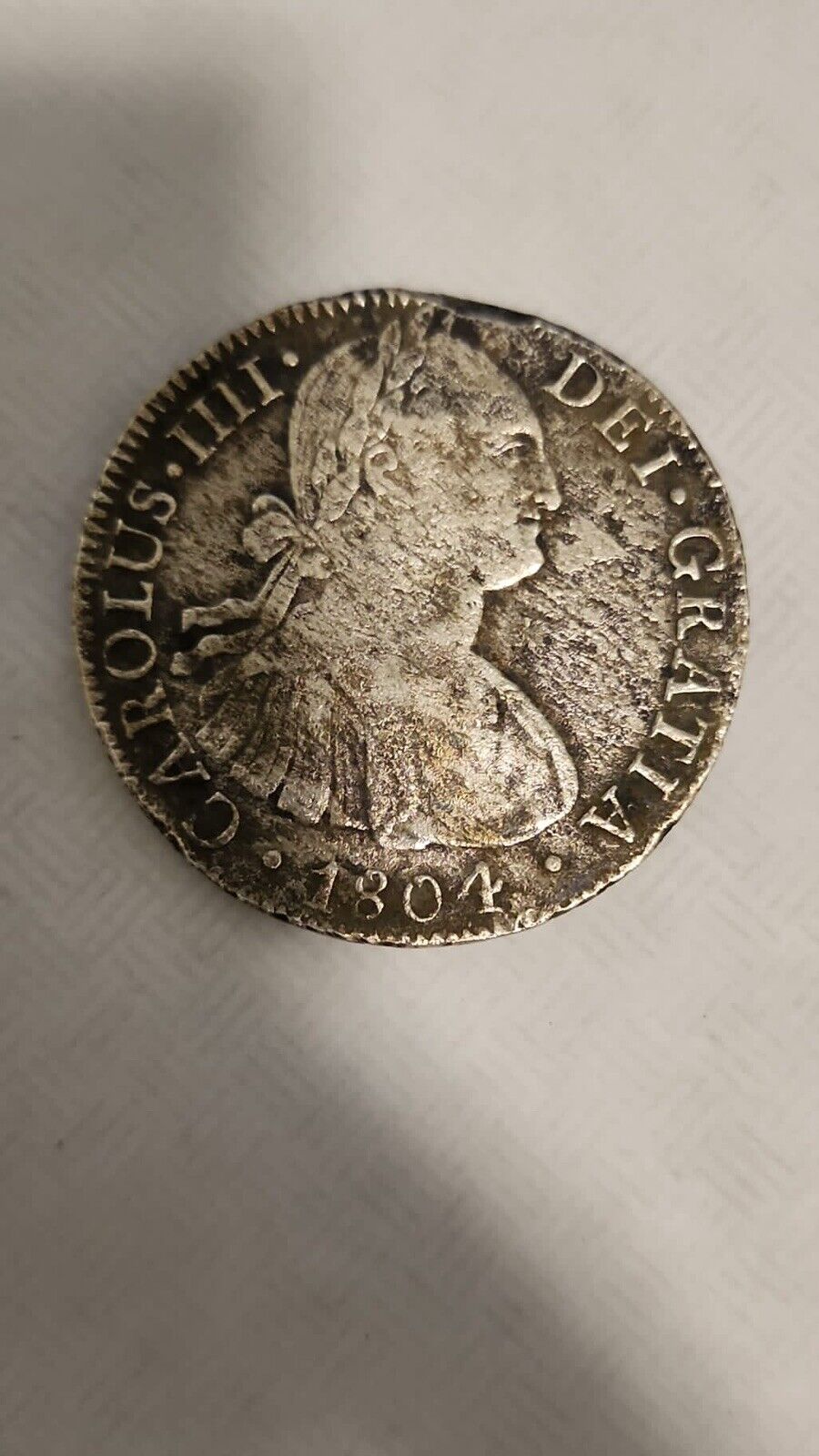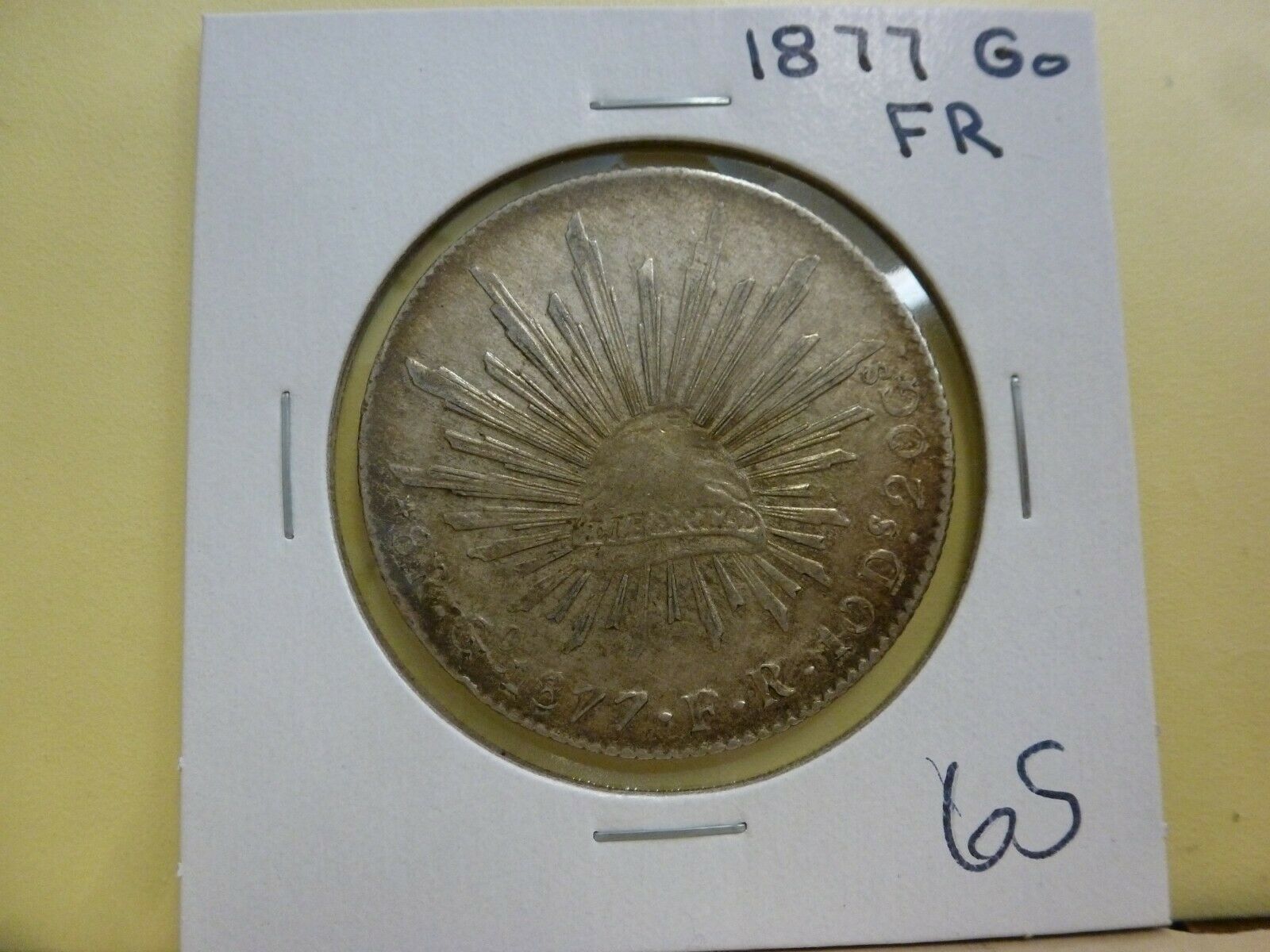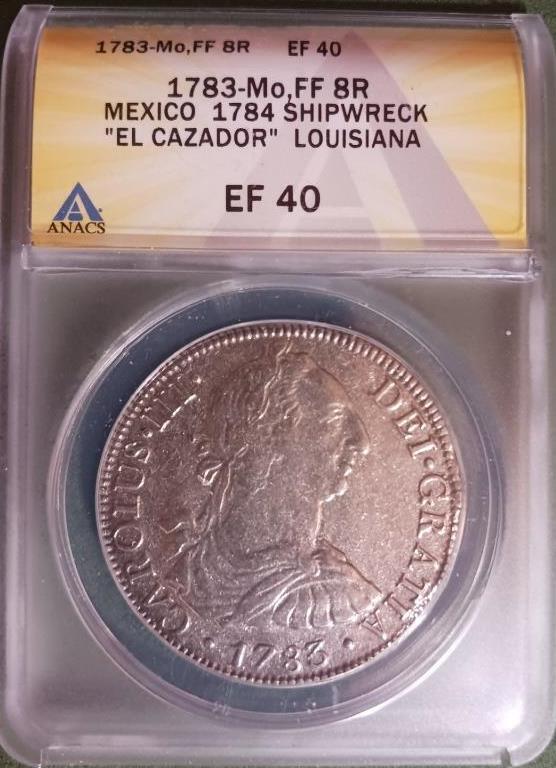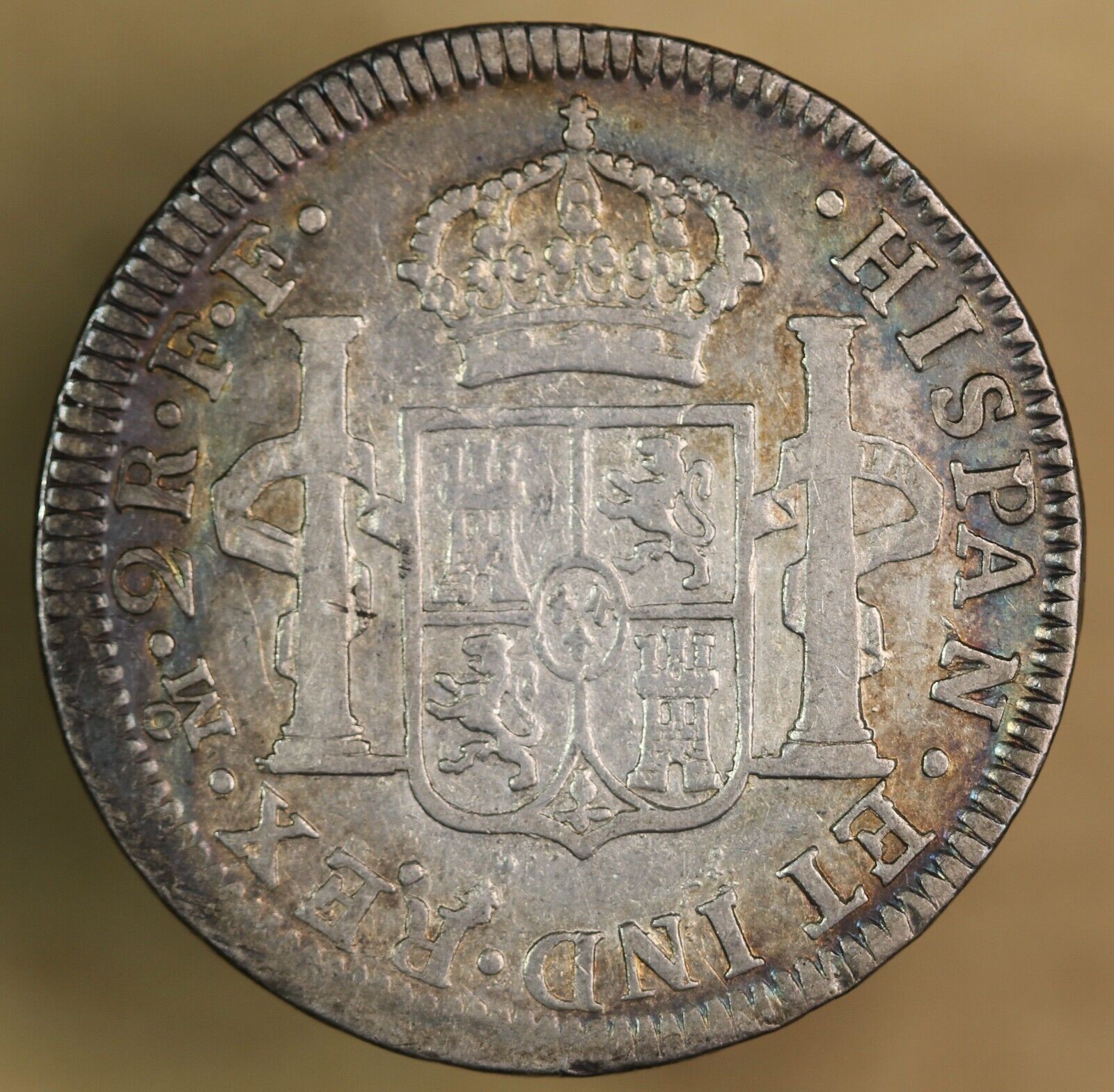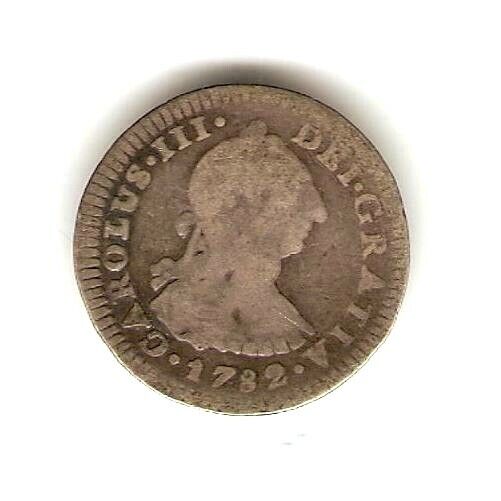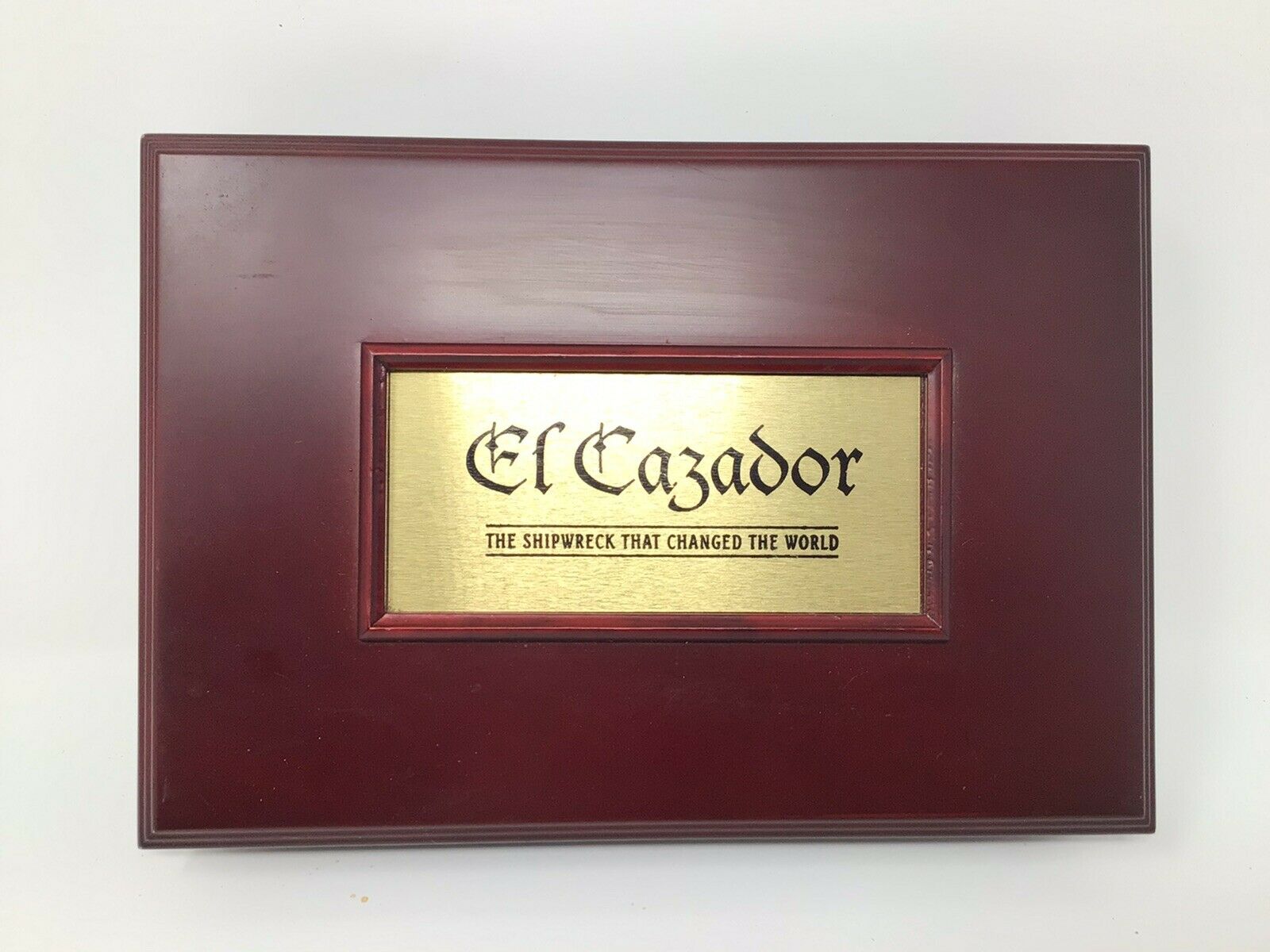-40%
MEXICO 'JEWELED CROSS' 2 ESCUDOS "1715 FLEET SHIPWRECK" 1680-98 NGC 58 TREASURE
$ 11880
- Description
- Size Guide
Description
Mexico 2 Escudos 1680-98 "1715 Fleet Shipwreck" NGC 58! Incredibly crisp strike. The "jeweled cross" on Mexican coins minted around 1680, during the reign of Charles II, is a captivating hallmark of that era's numismatic artistry. When the Mexico City mint began producing gold escudos in 1679, the jeweled cross emerged as a stunning design, dazzling with its intricate details and accompanied by fleurs-de-lis in the angles of the cross. This design was a symbol of the opulence and craftsmanship of the time and was used until 1695, when it gave way to the "box cross" design.These coins, particularly the one and two escudos, are treasured today for their rarity and historical significance. The early years of gold coin production in Mexico saw limited output, making these coins exceptionally scarce and highly sought after by collector.
Imagine a fleet of Spanish galleons, laden with treasure from the New World, sailing back to Spain in 1715. The air is thick with anticipation, as the riches of the Americas – gold, silver, emeralds, and pearls – were set to arrive in Europe. The fleet, known as the 1715 Plate Fleet, consisted of 11 ships carrying treasure valued at over 14 million pesos. This immense fortune was intended to replenish the depleted coffers of King Philip V of Spain. But destiny had a different plan.
On the night of July 31, 1715, a massive hurricane struck off the coast of Florida. The ferocious winds and towering waves showed no mercy, and one by one, the ships of the fleet succumbed to the storm's fury. Only one ship, the French vessel "Grifon," managed to escape. The remaining 10 ships were reduced to wreckage, scattered along the ocean floor. The treasure they carried, meant for the Spanish crown, was lost beneath the waves, and with it, nearly 1,000 sailors perished in the disaster.
For centuries, the fate of the 1715 Fleet remained one of the great mysteries of maritime history. Tales of the lost treasure stirred the imaginations of treasure hunters and adventurers. It wasn’t until the 20th century that the shipwrecks were rediscovered, and the legend was revived. In 1961, famed treasure hunter Kip Wagner and his Real Eight Company began to recover astonishing riches from the wrecks, including gold coins, silver bars, and precious artifacts. Their efforts sparked a modern-day treasure hunt and brought to light the extraordinary wealth that had lain hidden for over two centuries.
The story of the 1715 Fleet is a saga of ambition, loss, and rediscovery. The treasure recovered includes thousands of gold and silver coins, intricate jewelry, and religious artifacts, showcasing the opulence of the Spanish Empire. Among the most notable finds are the gold "escudo" coins and the silver "reales," which are highly sought after by collectors today.
The 1715 Fleet disaster is a reminder of the perils faced by those who sought fortune on the high seas and the enduring allure of sunken treasure. Even today, the waters off the coast of Florida continue to yield their secrets, offering glimpses of a bygone era and the enduring quest for gold. Modern salvage operations and treasure hunters still scour the area, hoping to find what remains of the lost fleet's immense fortune


















